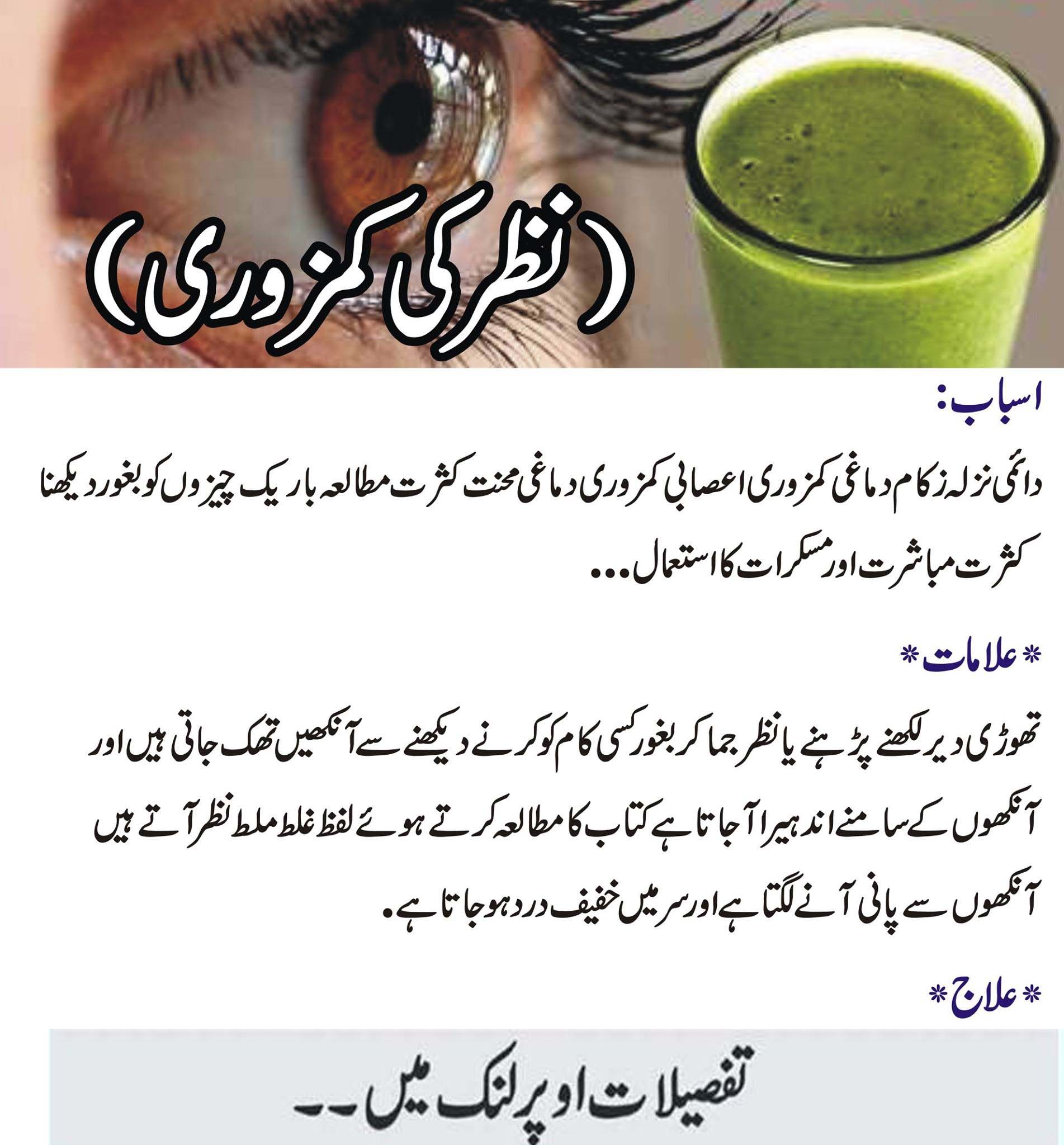The human eye is like a camera that collects, focuses, and transmits light through a lens to create an image of its surroundings. In a camera, the image is created on film or an image sensor. In the eye, the image is created on the retina, a thin layer of light-sensitive tissue at the back of the eye.
Like a camera, the human eye controls the amount of light that enters the eye. The iris (the colored circular part of the eye) controls the amount of light passing through the pupil. It closes up the pupil in bright light and opens it wider in dim light. The cornea is the transparent, protective surface of the eye. It helps focus light, as does the lens, which sits just behind the iris.

When light enters the eye, the retina changes the light into nerve signals. The retina then sends these signals along the optic nerve (a cable of more than 1,000,000 nerve fibers) to the brain. Without a retina or optic nerve, the eye can’t communicate with the brain, making vision impossible.
What Is Visual Impairment?
Many people have some type of visual problem at some point in their lives. Some can no longer see objects far away. Others have problems reading small print. These types of conditions are often easily treated with eyeglasses or contact lenses.
But when one or more parts of the eye or brain that are needed to process images become diseased or damaged, severe or total loss of vision can occur. In these cases, vision can’t be fully restored with medical treatment, surgery, or corrective lenses like glasses or contacts.
The American Foundation for the Blind estimates that 10 million people in the United States are visually impaired. Visual impairment is a term experts use to describe any kind of vision loss, whether it’s someone who cannot see at all or someone who has partial vision loss.
Some people are completely blind, but many others have what’s called legal blindness. They haven’t lost their sight completely but have lost enough vision that they’d have to stand 20 feet from an object to see it as well as someone with perfect vision could from 200 feet away



